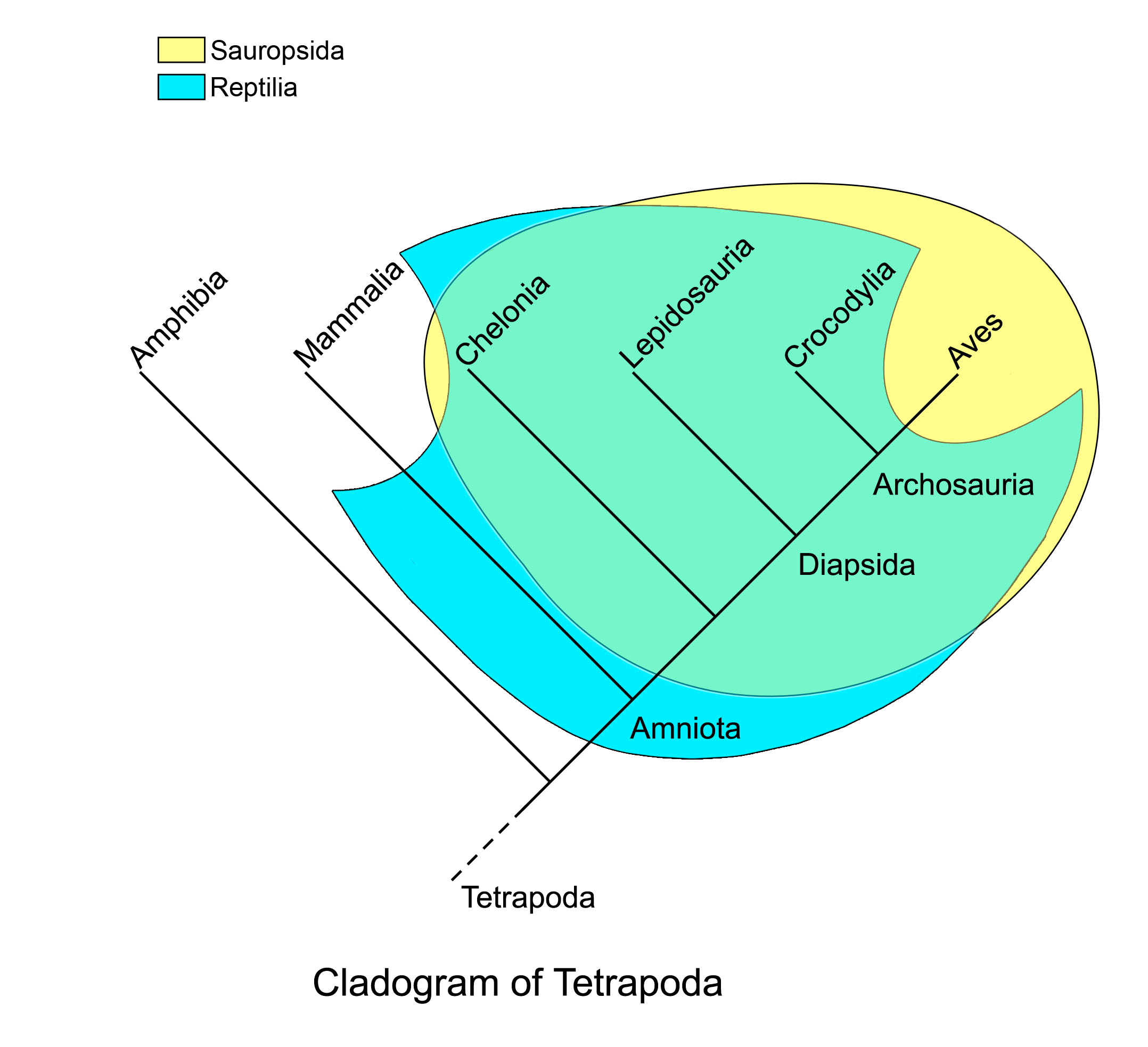I’ve never thought highly of scientific names for organisms. It’s seemed to me a case of “blink and it’s changed”, and with DNA sequencing of evolutionary relationships the categories are changing faster than ever.
But now that I’ve started adding scientific names to a group of organisms, to wit (to woo) the birds, I’m finding that they do make sense. Trying to group birds by appearance into groups leads quite naturally to a sequence from species, to genus (eg. butcherbird = Craticus), to Family (eg. honeybird = Meliphagidae), to order (eg. Parrot = Psittaciformes), to class (eg. Birds = Aves).
Mostly, the scientific names make more sense than common names.
For example, the common names for most of the types of raptors – eagle, sea eagle, hawk, goshawk, sparrowhawk, buzzard, harrier, kite, kestrel – turn out to be practically independent of real differences between the bird species. Goshawk and sparrowhawk for example are exact synonyms. They’re all Accipitridae. Interestingly, so are the old-world vultures (Lammergeyer and Griffon), but the Falcons aren’t. Weirdly and for no apparent reason, the Osprey isn’t either. The raptors are a case where scientific names work and common names don’t.
The reverse is true of the parrots, probably because Australasian parrots were not available when the system of scientific names was set up. Originally only parrots such as the Macaw, African Grey and Indian Ringneck would have been available, so now there’s no consistency among the Lorikeets, Corellas and Cockatoos.
I was delighted to unexpectedly see that the scientific name for Honeyeater is Meliphagidae, literally “honey-eater”. I had expected it to be paraphyletic. The friarbirds, the wattlebirds, and the miners, all have consistent genus within the honeybird family.
The common names “finch” and particularly “warbler” turn out to be paraphyletic. The Australian finches (Estrildidae) are relatives of the Nutmeg Mannikin, rather than of the European finches (Fringillidae). The common name “warbler”, for example including the Clamorous reed warbler, is a disastrous grouping, stick to scientific names.
I was delighted to see that it is recognised that the NZ highly endangered species Takahe is the closest relative of the Purple Swamphen in Aus. But they do not recognise that the NZ highly endangered Kakapo is closely related to the Aus Ground parrots, I’ll have to look into this in more detail as to my untrained eye they look virtually identical, apart from the Kakapo being heavier with a bigger beak.
I approve of the recent creation of Suliformes (Booby-like) splitting the boobies, gannets and cormorants from their old description as Pelican-like (Pelecaniformes). Pity they didn’t take the Tropicbirds along with them, the Tropicbirds are still classed with the Pelicans.
